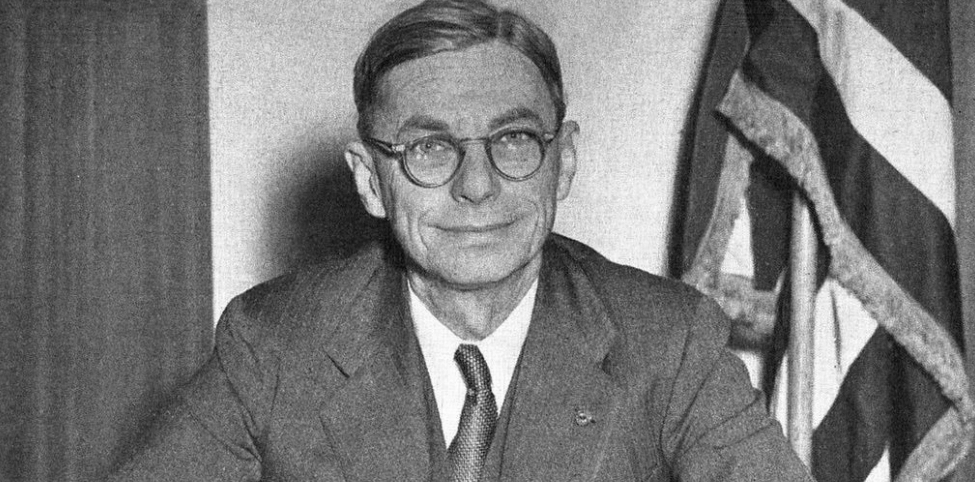Who is James Bryant Conant? Information about James Bryant Conant biography, life story, works and contributions to science and education.

Source : wikipedia.org
James Bryant Conant; (1893 – 1978), American university president, diplomat, author, and influential critic of American educational practices. He was born in Dorchester, Mass., on March 26, 1893. Educated at Harvard University, he taught chemistry there from 1919 to 1933 and was president of the university from 1933 until 1953. For the next five years he held diplomatic posts in Germany, first as U. S. high commissioner and then as ambassador to West Germany.
In 1957, Conant began a comprehensive study of American public high schools under a grant from the Carnegie Corporation. Although this study was formally completed in 1962, he continued to observe and comment upon educational patterns in American high schools. The results of a study of teacher education in the United States, also made under a Carnegie grant, were contained in The Education of American Teachers (1963) and included proposals for reforms in the professional training of teachers. Between 1963 and 1965, Conant acted as an educational adviser to the Ford Foundation, serving in West Germany.
Active also in military and scientific fields, Conant served in the U. S. Army’s Chemical Warfare Service between 1917 and 1918. During World War II he was an adviser to the Manhattan Project, which developed the first atomic bomb, and from 1946 until 1962 he was an adviser to the Atomic Energy Commission.
Conant’s prodigious output of books includes several texts on high school and college chemistry and a 2-volume work of case histories in experimental science. In addition, he wrote on the broader relationships of science to society and education in Science and Common Sense (1951), Modern Science and Modern Man (1952), and Two Modes of Thought (1964), and on foreign affairs in Germany and Freedom (1958).
Nevertheless, it is in the area of education that Conant has made his most notable contribution. In numerous reports including Education in a Divided World (1948), Education and Liberty (1953), The Citadel of Learning (1956), and The Child, the Parent, and the State (1959), he highlighted the role of public education in a democracy and sought to unify conflicting views in education. His study Thomas Jefferson and the Development of American Public Education (1962) documented the continuity of past and present trends in American educational patterns. His reports on American high schools and junior high schools in the late 1950’s and 1960s, which stemmed from the Carnegie study, supported the concept of large, comprehensive schools under local community control. The importance of decentralizing control of education while promoting interstate cooperation was particularly pointed up in Shaping Educational Policy (1964). Slums and Suburbs (1961) was a pioneering work on upgrading the education of underprivileged children in metropolitan areas and warned that inadequate educational and vocational guidance for disadvantaged youth amounted to “social dynamite.”
Although some of his ideas have been criticized, Conant has exerted a deep influence on educational practice in the United States.